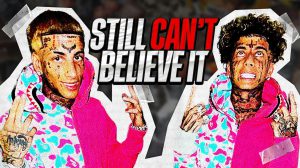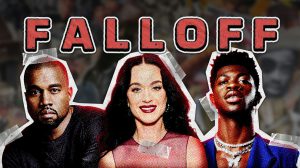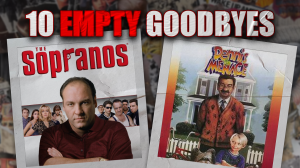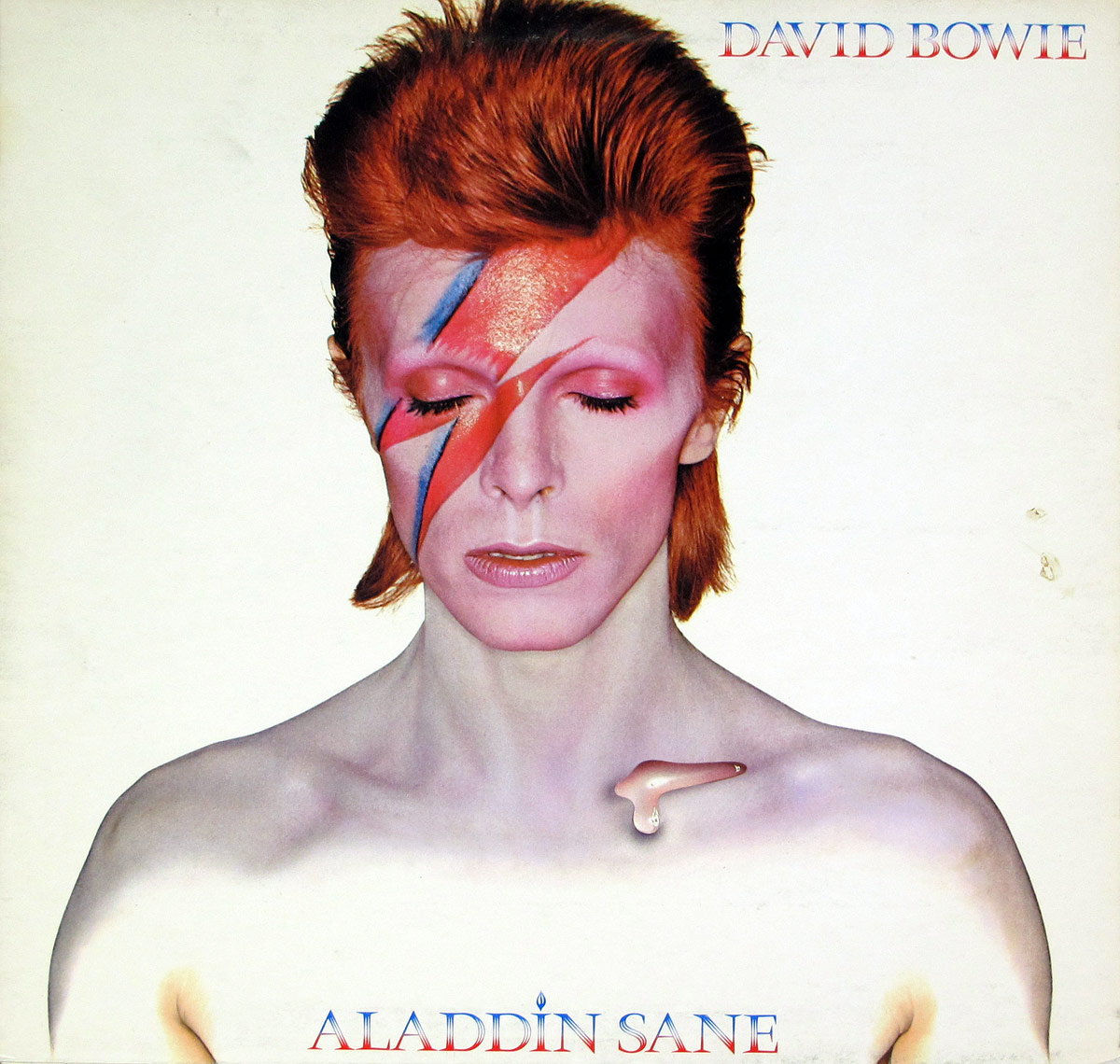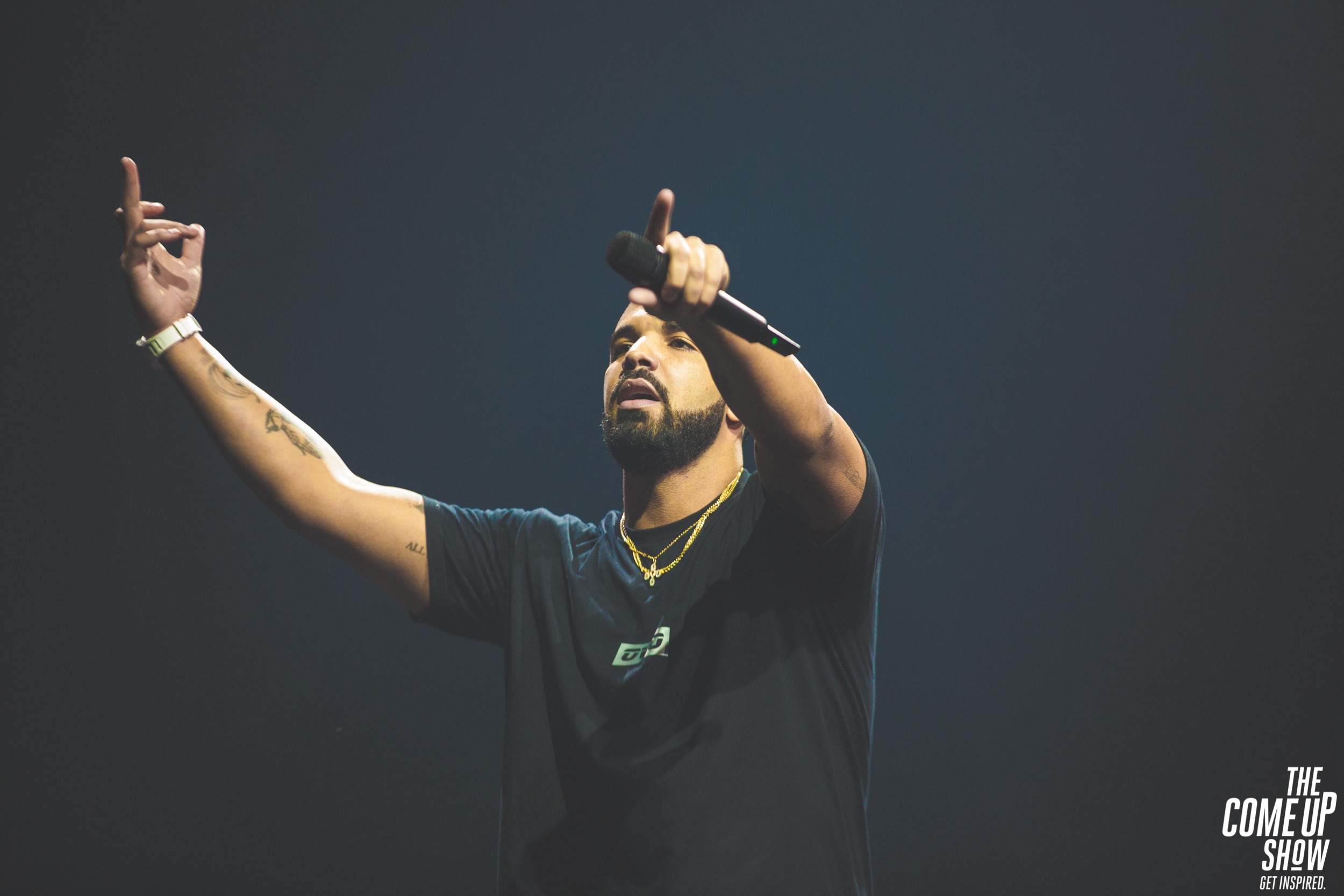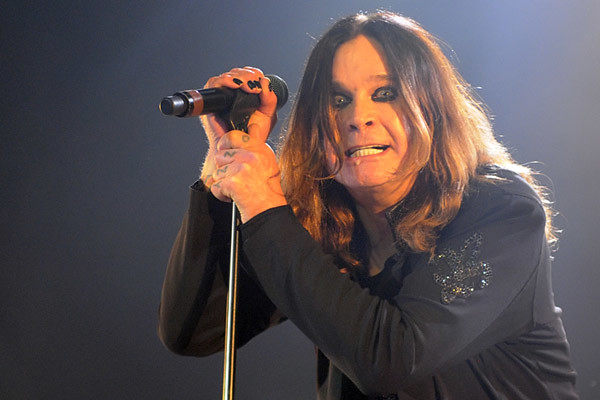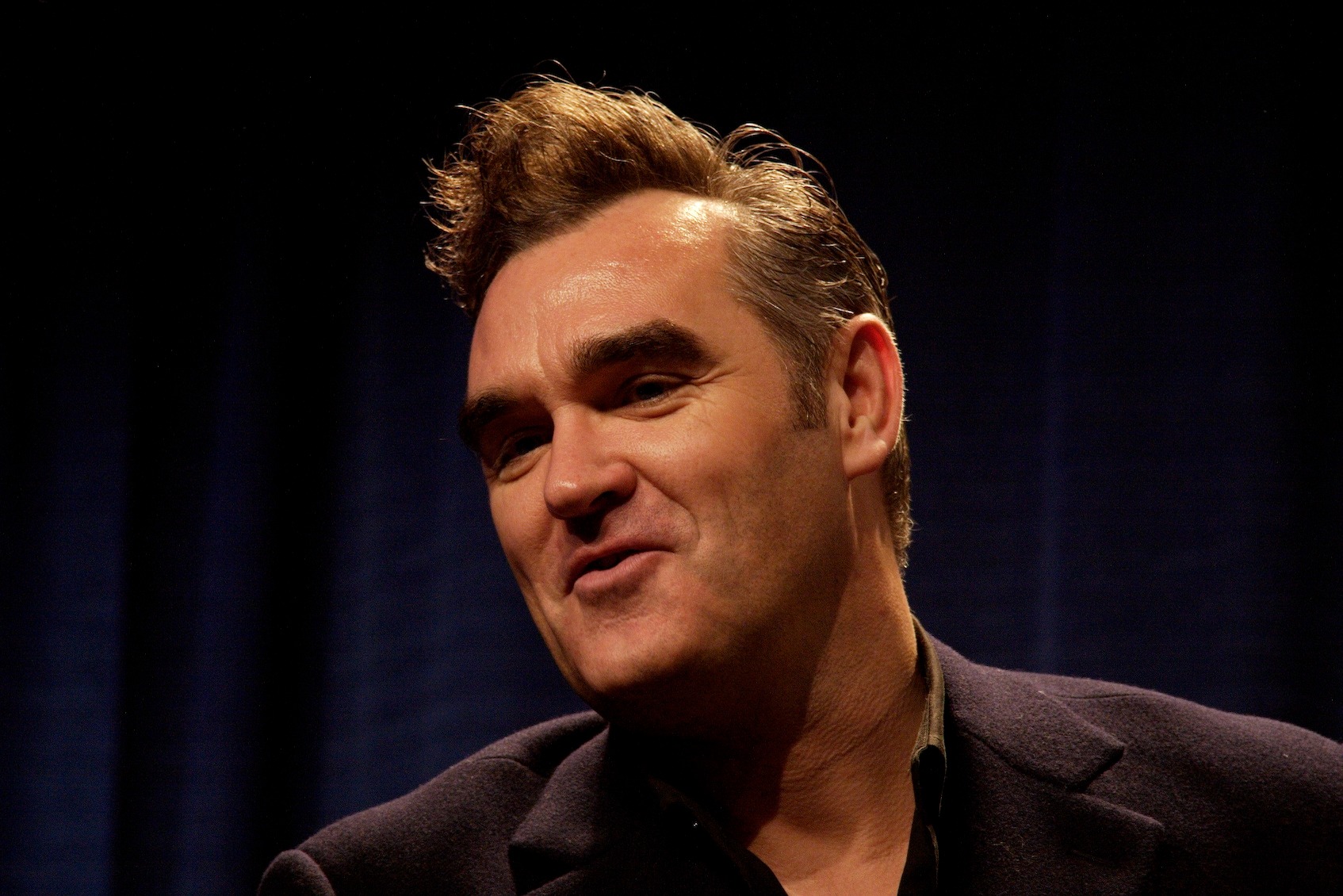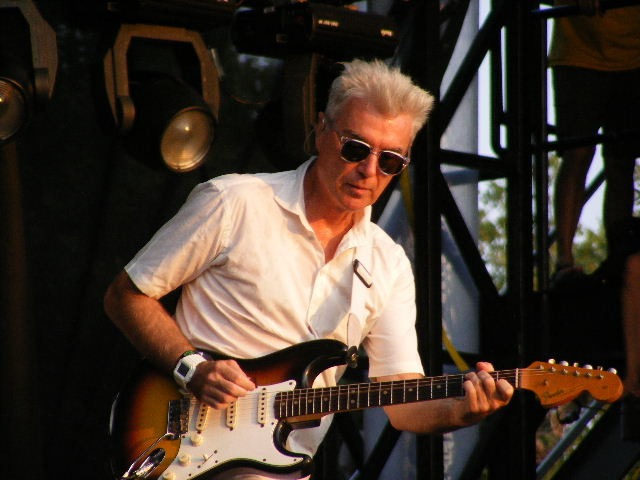
The 1920s created better slang than any generation since. While modern terms constantly change, Jazz Age expressions have staying power. People used words like “hotsy-totsy” and “cake eater” that perfectly captured both meaning and emotion. Unlike today’s trending phrases, these terms served actual communication purposes. They described situations so perfectly that we still understand them a century later. Discover why Roaring Twenties vocabulary remains the gold standard of American slang.
17. Tomato

Vocabulary for describing attractive women has always evolved, and the 1920s had “tomato.” Men used this colorful term for appealing female companions.
Comparing a woman to this bright, fresh fruit suggested desirability and vibrancy. The slang belonged primarily to male social circles according to Green’s “Dictionary of Slang” and Lighter’s “Random House Historical Dictionary of American Slang.” While certainly objectifying by modern standards, this food-related descriptor perfectly captured the era’s tendency to use culinary terms for people.
16. Banks Closed

That awkward moment when someone leans in for an unwanted kiss? The 1920s had a solution. “Banks closed” meant absolutely no kissing or physical contact.
Nothing stuffy about this rejection—it offered a smart, playful way to set boundaries. Picture the scene: a guy moves closer at a dance hall, and a quick “Sorry, banks closed tonight!” shuts it down without killing the vibe. No drama, no hurt feelings, just a clear message wrapped in Jazz Age wit. According to Dalzell’s “The Routledge Dictionary of Modern American Slang,” this phrase gained particular popularity during Prohibition when dating norms shifted rapidly.
15. Petting Pantry
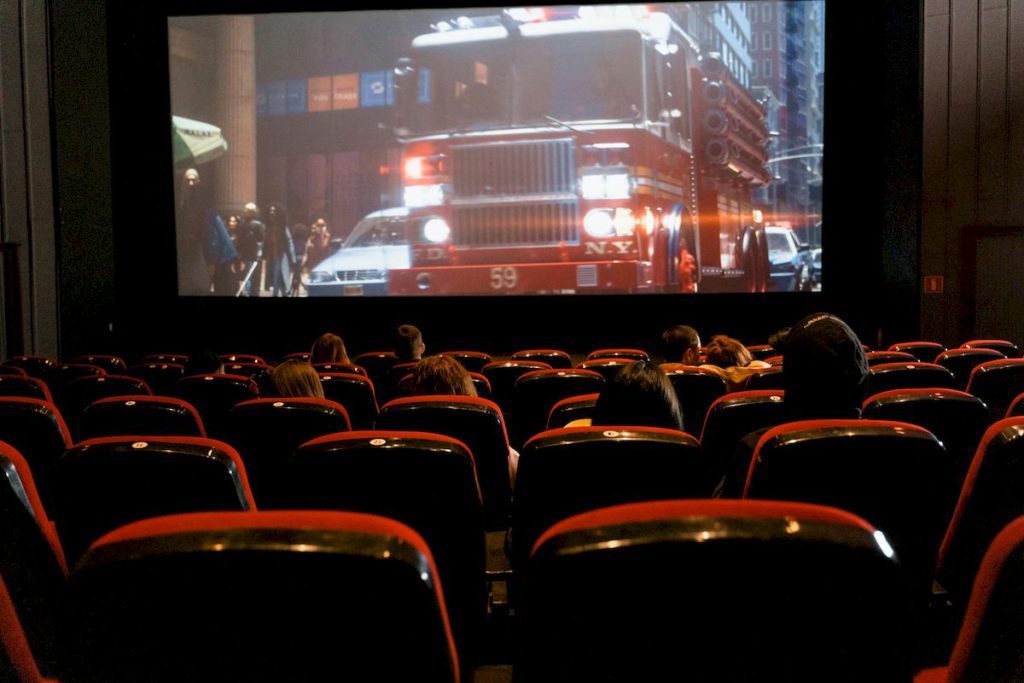
Movie theaters served a dual purpose in the Roaring Twenties. “Petting pantry” perfectly captured what these darkened spaces meant for young couples.
Beyond mere film-watching venues, these theaters functioned as social testing grounds. Young couples discovered privacy in plain sight, and the nickname nailed that reality. Charlie Chaplin might perform on screen while young lovers created their own scenarios in the back row. J.E. Lighter’s “Random House Historical Dictionary of American Slang” documents how this term mirrored cinema’s growing popularity as a dating activity and changing attitudes toward public affection.
14. Cancelled Stamp
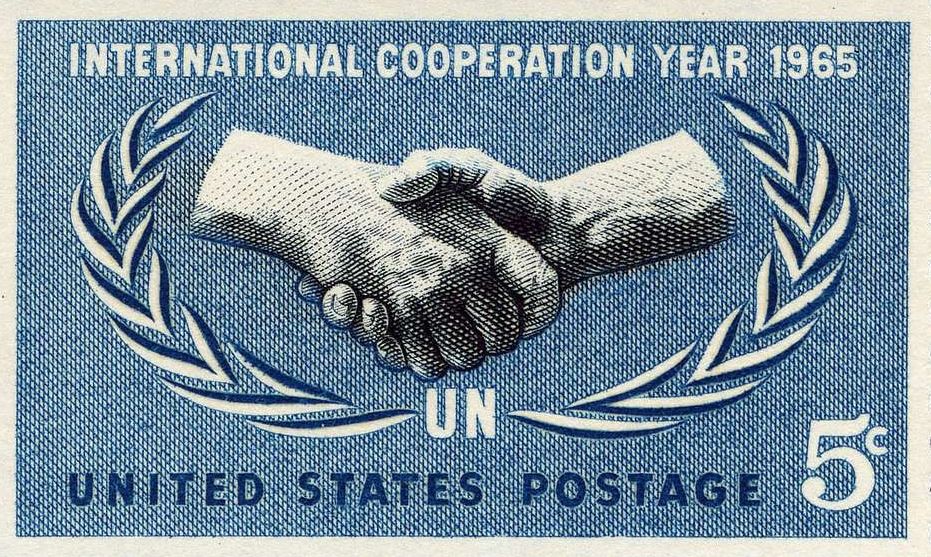
Women faced brutal social pressure in the 1920s. Shy or reserved women might find themselves labeled a “cancelled stamp.”
This harsh terminology targeted women who weren’t actively seeking romance, comparing them to used-up postage stamps that couldn’t serve their purpose again. Society pushed women to remain socially available, creating cruel labels for those who didn’t comply. Green’s “Dictionary of Slang” reveals how this term captured the era’s intense focus on social status and romantic pursuits, with women facing much harsher judgment than men for similar reserved behavior.
13. Corn Shredder
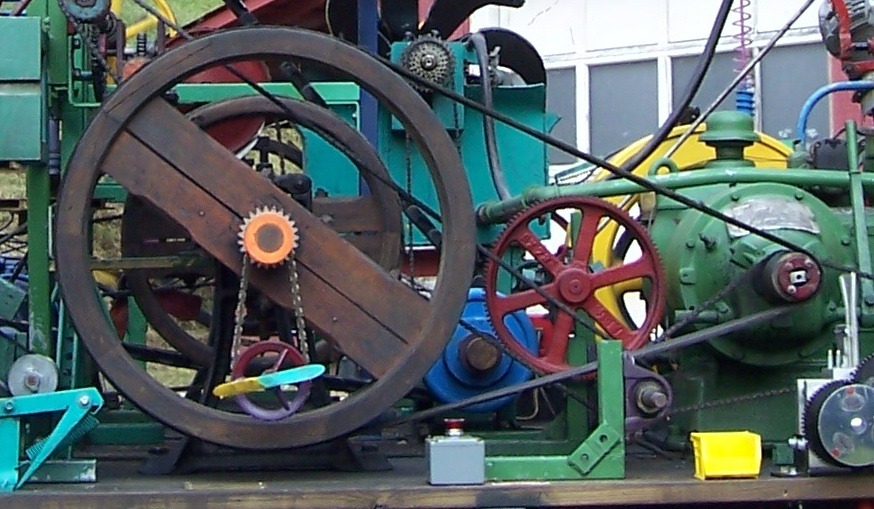
Jazz Age dance floors showed no mercy to those with two left feet. “Corn shredder” described someone who massacred dance moves beyond recognition.
Such a vivid term painted the picture perfectly—jerky, awkward movements resembling the violent processing of corn. Dancing skill genuinely mattered in social settings then, making this label particularly cutting. Next time you witness someone flailing on a dance floor, you’ve got a vintage burn ready. Tom Dalzell’s research in “Flappers 2 Rappers” shows this term gained special popularity in dance halls, where social standing often depended on dancing ability.
12. Knowing Your Onions
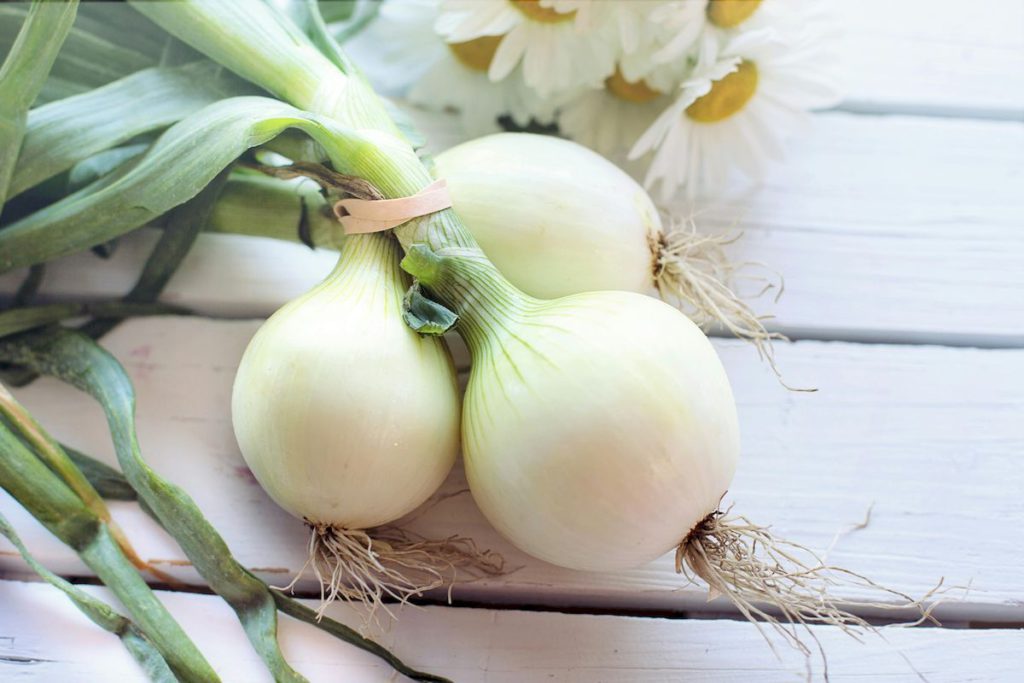
Long before “flex” entered our vocabulary, people praised expertise with “knowing your onions.” This phrase celebrated actual skills and knowledge rather than mere style.
When someone said you “knew your onions,” they acknowledged genuine competence in your field. No empty flattery here—the expression recognized true mastery. According to Partridge’s “Dictionary of Slang and Unconventional English,” people used this phrase in both casual conversations and professional settings, exemplifying how 1920s language often employed food-related metaphors for abstract concepts.
11. Giggle Juice

Prohibition demanded discretion when ordering alcohol. “Giggle juice” emerged as the perfect code word for booze.
Cleverly capturing both alcohol’s effects (laughter) and the thrill of breaking the law, this term served practical purposes. People could request “giggle juice” in mixed company without explicitly mentioning illegal alcohol. The phrase added a conspiratorial wink to the criminal act of drinking. Daniel Okrent’s “Last Call: The Rise and Fall of Prohibition” details how this term belonged to a rich vocabulary surrounding illicit drinking, embodying both rebellion and the fun atmosphere of speakeasies.
10. Berries
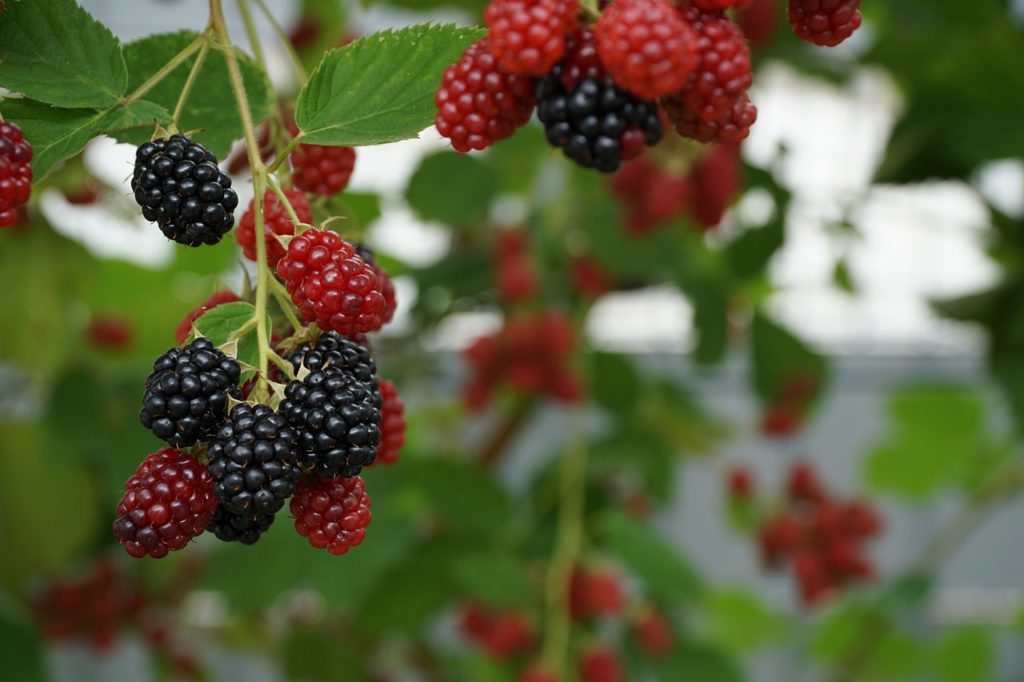
“Lit” and “fire” have modern counterparts in the 1920s expression “berries.” Something described as “berries” represented exceptional or top-quality items.
Similar to sweet, perfectly ripe fruit, the term suggested natural excellence. A jazz performance that hit all the right notes might be praised as “just berries.” The Oxford Dictionary of Modern Slang traces this term’s usage across various social classes and in popular culture, contributing to the distinctive flavor of Roaring Twenties vocabulary.
9. Getaway Sticks
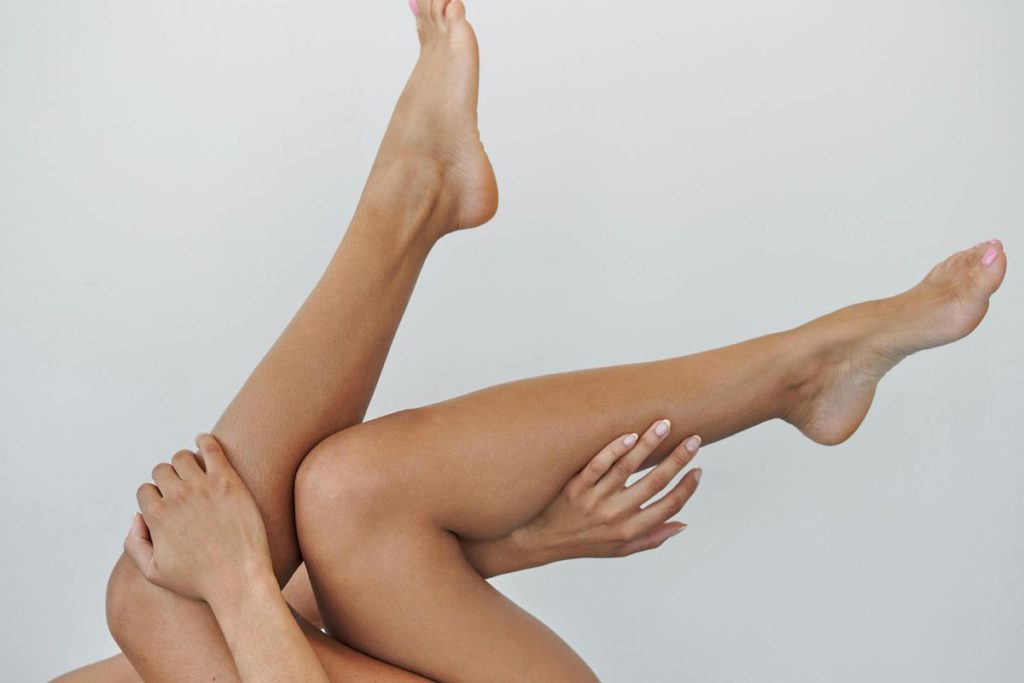
Plain legs received a creative upgrade in 1920s slang. “Getaway sticks” added verbal flair to this basic body part.
The playful term suggested legs primarily served to help make quick escapes. Often applied to women’s legs with a touch of humor, “She’s got great getaway sticks” created an image of someone ready to dash off at any moment—adding mystery and mobility to a simple compliment. Partridge’s research indicates the expression mirrored the decade’s fascination with speed and movement, fitting for an era when automobiles became mainstream and women gained unprecedented independence.
8. Applesauce

Confronted with obvious nonsense, 1920s folks had the perfect comeback: “applesauce.” This dismissive term meant lies or pure baloney.
Cutting through pretension with farm-fresh directness, the expression efficiently shut down tall tales. Hearing someone spin an unbelievable story might prompt a skeptical “That’s just applesauce!” The brilliance lay in its innocent sound paired with cutting intent—calling someone out without aggressive language. Green’s “Dictionary of Slang” shows this mild expletive crossed social class boundaries, offering a non-vulgar way to express disbelief while exemplifying the era’s food-related slang.
Many of these slang words, just like vintage products, have faded from daily use despite their charm. In the same way, certain retro gadgets from past decades once seemed essential but are now largely forgotten.
7. Cat’s Pajamas

“Awesome” and “amazing” have historical precedent in “the cat’s pajamas.” This unusual phrase signified the absolute pinnacle of excellence.
Combining two elements considered sleek and comfortable—cats and pajamas—created a uniquely powerful compliment. Calling something the “cat’s pajamas” meant it couldn’t possibly improve. The term’s strange imagery strengthened the praise—marking something as not just great, but memorably, unusually great. Dalzell’s research identifies this as one of several nonsensical expressions that gained popularity during the era, breaking sharply from Victorian-era formality with playful, whimsical language.
6. Eggs in the Coffee
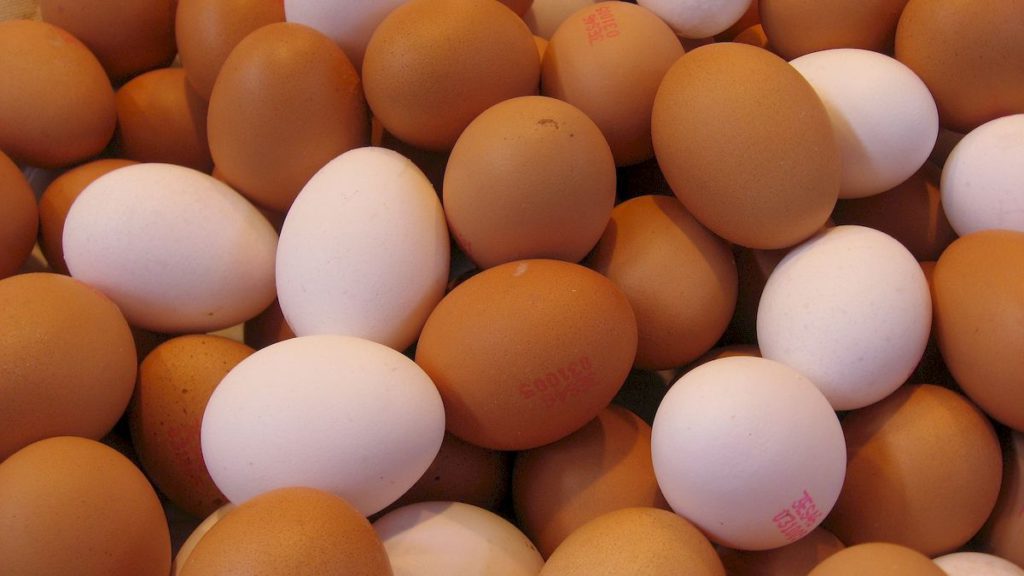
Surprisingly simple tasks earned the description “eggs in the coffee” during the 1920s. This curious phrase indicated something unexpectedly easy.
Likely originating from the actual practice of dropping eggs into coffee grounds (yes, people really did this), the expression described tasks that appeared complex but proved simple in execution. The American Heritage Dictionary of Idioms notes this phrase appeared primarily in casual conversations and social gatherings, exemplifying the era’s creative use of food imagery to explain abstract concepts through tangible, everyday examples.
5. Zozzled
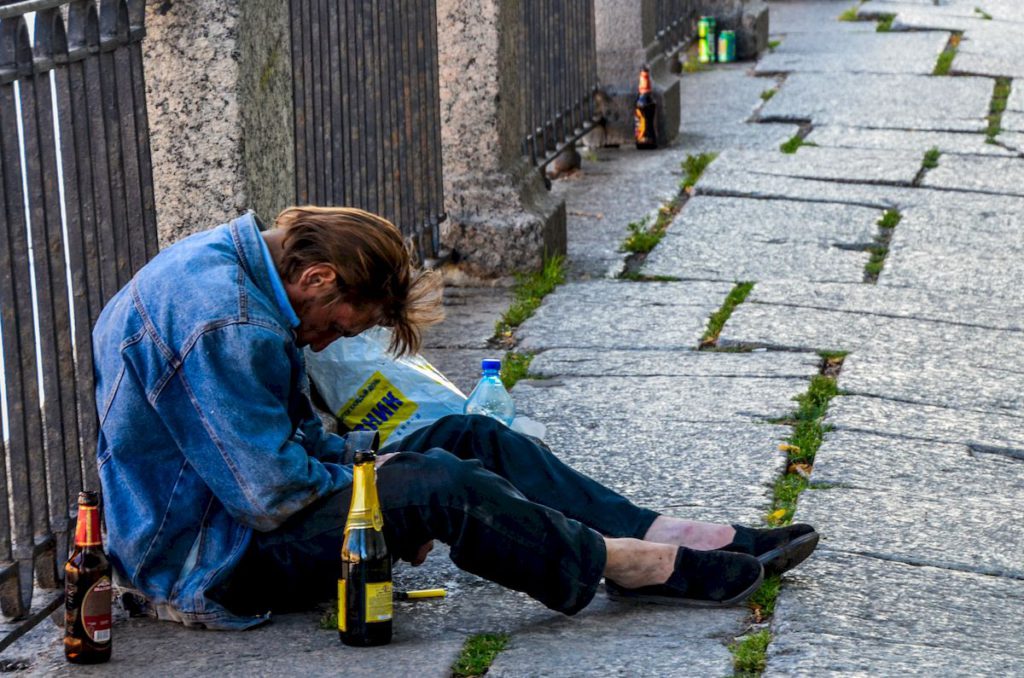
Modern vocabulary offers countless terms for drunkenness, but the 1920s had “zozzled.” This expressive word meant completely, thoroughly intoxicated.
The term’s very sound mimics slurred speech, perfectly embodying what it described. Someone “zozzled” had gone well beyond tipsy to three sheets to the wind. The playful phonetics softened what might otherwise sound judgmental, making excessive drinking seem almost cartoonish. J.E. Lighter’s “Random House Historical Dictionary of American Slang” notes how broadly this term circulated in speakeasies and social gatherings during Prohibition, contributing to the romanticized portrayal of drinking culture despite legal restrictions.
4. Dip the Bill

“Grab a drink” has its Jazz Age equivalent in “dip the bill.” This colorful slang invited friends to join for beverages.
Likely referencing both paying for drinks and the image of a bird dipping its beak into water, the phrase transformed a simple invitation into something more playful. According to Okrent’s “Last Call,” this expression belonged to Prohibition’s extensive coded vocabulary, allowing people to discreetly discuss drinking alcohol when such activities remained illegal—adding a layer of complicity to social gatherings.
3. Gasper
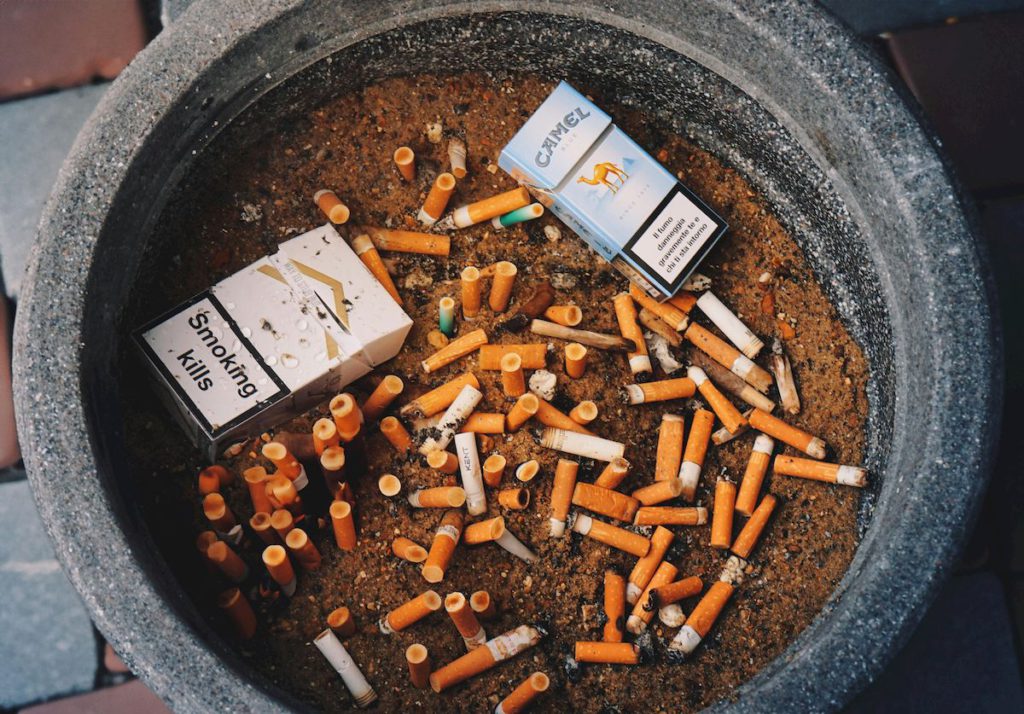
Cigarettes received a descriptive nickname in the Jazz Age: “gasper.” This term effectively captured both the object and its impact on smokers.
Derived from the gasping inhale smokers took when drawing on a cigarette, the word provided not just a shorter alternative to “cigarette” but a more evocative one. Dalzell’s “The Routledge Dictionary of Modern American Slang” explains how this slang reflected the era’s casual attitude toward smoking during a time when cigarettes grew increasingly popular and before health risks became widely understood.
2. Fire Extinguisher
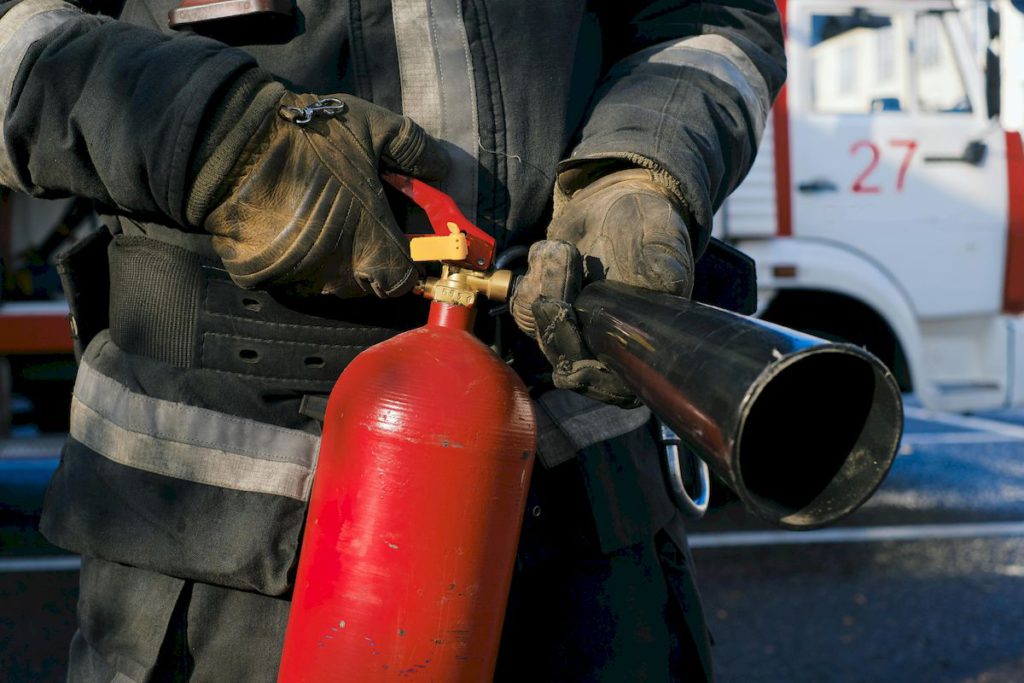
Chaperones earned a brilliantly descriptive nickname in the 1920s: “fire extinguisher.” No term better captured their passion-killing function.
Just as actual fire extinguishers smother flames, these vigilant guardians prevented romantic sparks from igniting between young couples. “Here comes the fire extinguisher” warned companions to cool their flirtations immediately. According to Partridge’s “Dictionary of Slang,” this clever metaphor captured the era’s shifting attitudes toward courtship as young people navigated between traditional supervision and emerging social freedoms.
1. Cake Eater
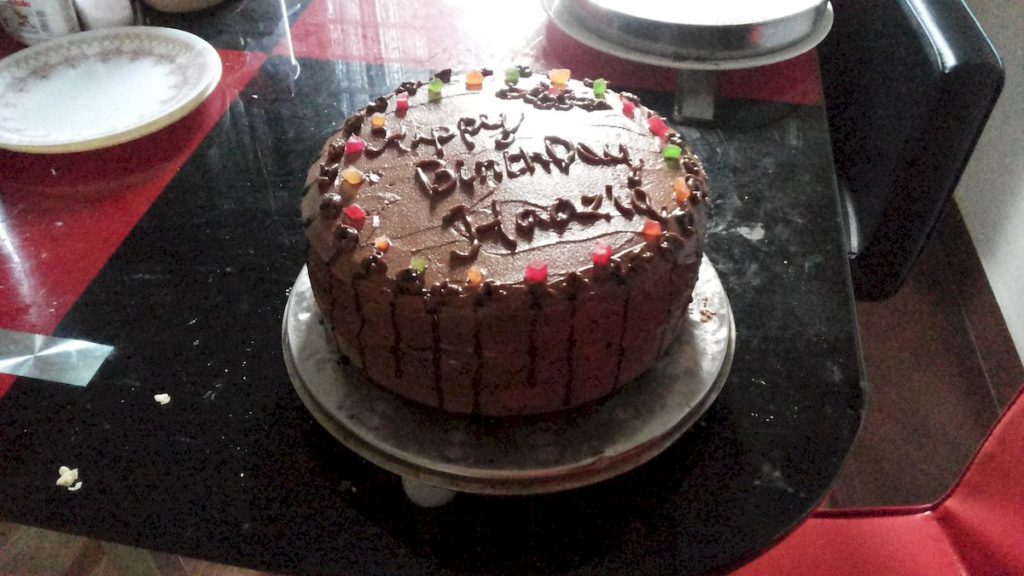
Class consciousness thrived in 1920s vocabulary, with “cake eater” targeting those flaunting wealth and privilege.
The expression implied someone indulging in luxuries like cake while others struggled with basic necessities. More than just describing economic status, calling someone a “cake eater” questioned their character and values. Green’s “Dictionary of Slang” indicates this term applied specifically to wealthy or fashionable individuals during the economic boom preceding the crash, capturing the era’s complicated relationship with conspicuous consumption and growing inequality. The shifting language of the 1920s is just one example of how societal trends come and go, much like popular products from previous decades that once defined their time.




